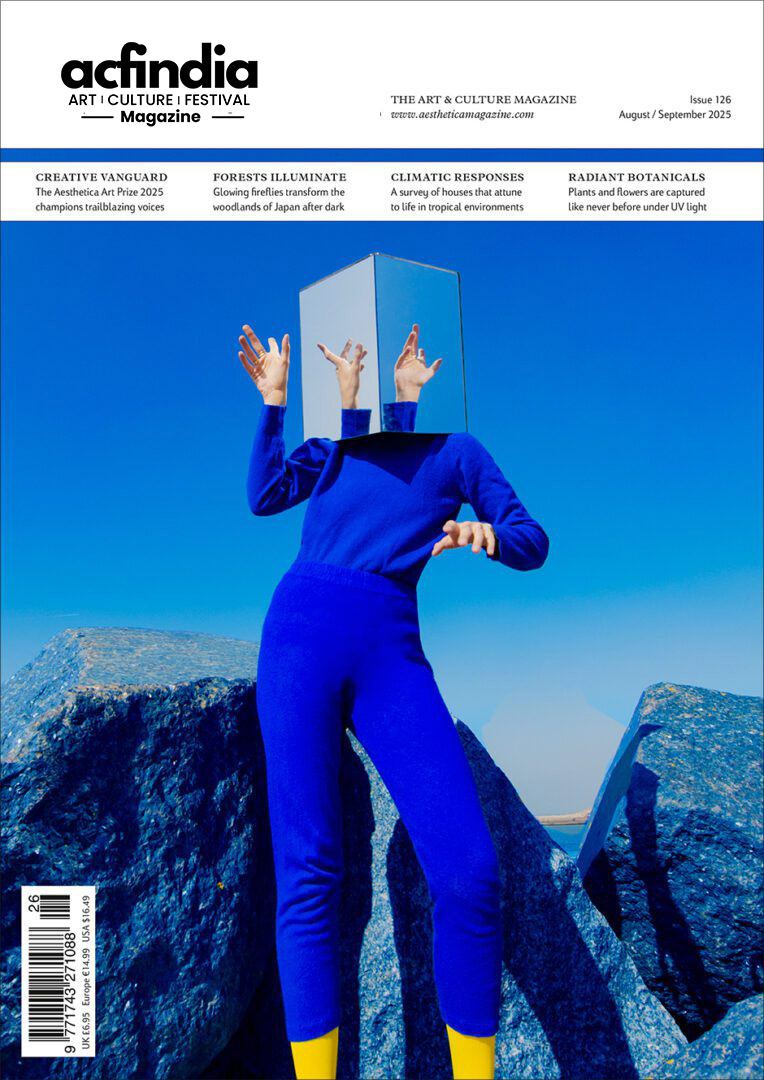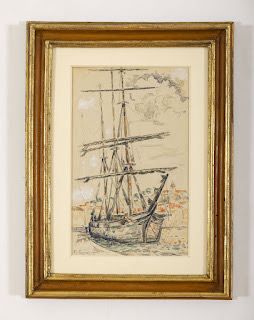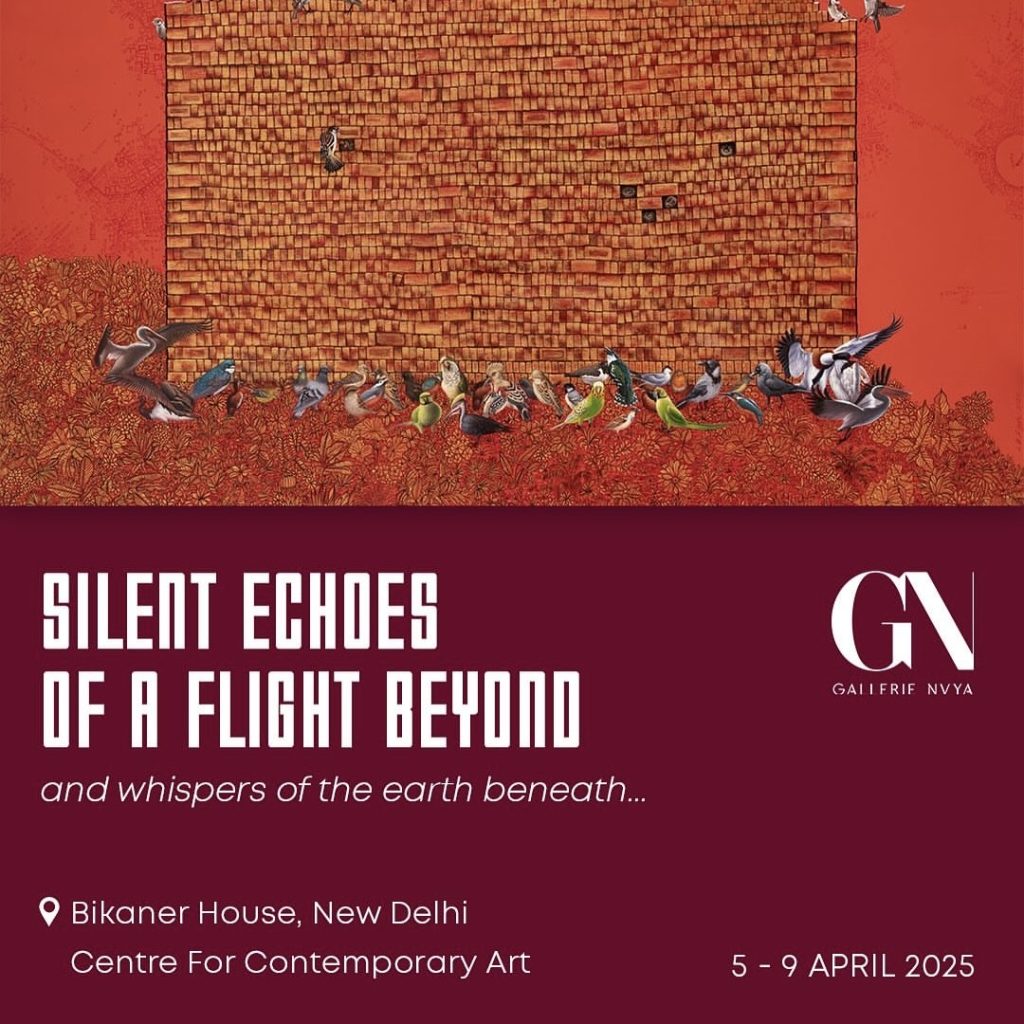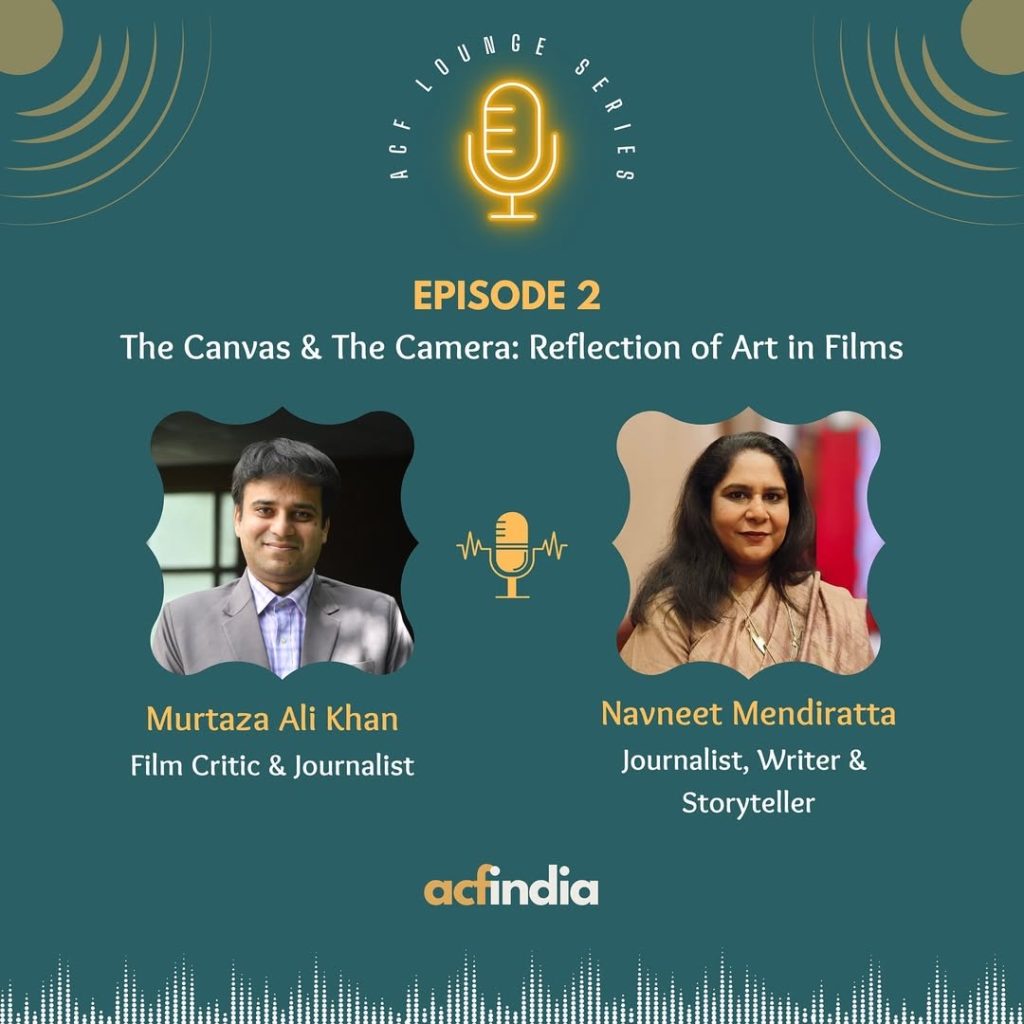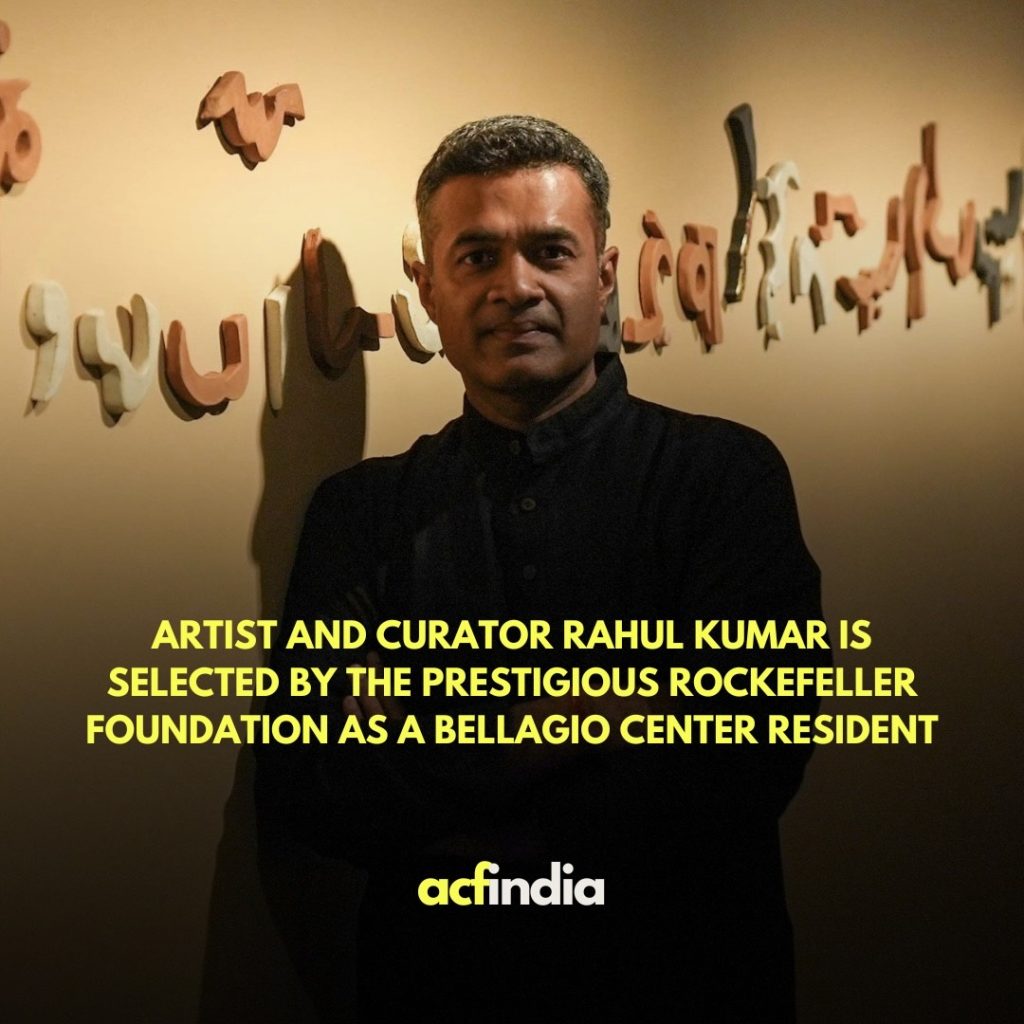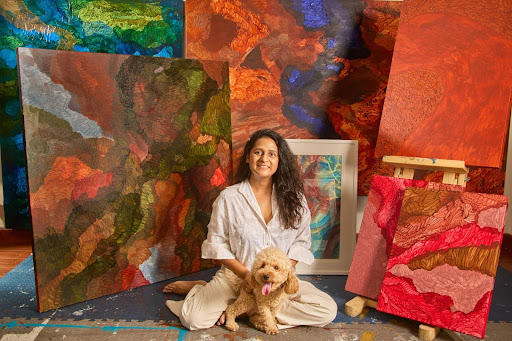Artwork by Paul Signac Saint-Tropez
In her latest curatorial project, Salon: The India Way, Devashi Jain reimagines the historic Paris Salon for a contemporary Indian context. By placing Indian modernists alongside European masters, she challenges the linear, Eurocentric narratives of art history and instead opens up a dialogue that positions Indian art as an integral part of global modernism.
In this interview with ACF, Jain reflects on the inspirations behind the exhibition, the role of connoisseurship in India, her journey as a young gallerist, and the evolving art market that demands new ways of seeing.
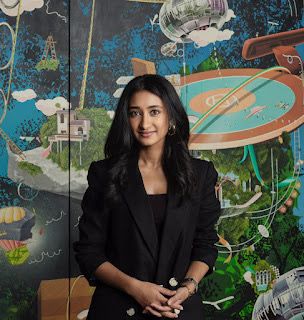
Devashi Jain
Salon: The India Way takes inspiration from the historic Paris Salon. What made you want to revive this particular format for today’s Indian art scenario?
The Salon historically served as a space where artists and ideas came together, sparking dialogue about what art could be. In India, where the current ecosystem is still quite young, taking inspiration from this format felt timely, enabling us to situate Indian practices within a larger global discourse. With Salon: The India Way, the intention is to highlight how Indian modernism stands as an essential and dynamic part of the global story.
The show brings together European and Indian modernists in the same space. What kind of conversations do you hope emerge when the audience views these works side by side?
The show creates a space where European and Indian modernists can be seen in dialogue, rather than in isolation. My hope is that audiences begin to see modernism not as a singular, Eurocentric trajectory, but as a set of parallel and intersecting experiments across different geographies. When works by artists like Souza are placed next to those of Picasso, for example, the affinities—such as a shared urgency to dismantle form—become evident, but so do the divergences shaped by their distinct cultural and historical contexts.
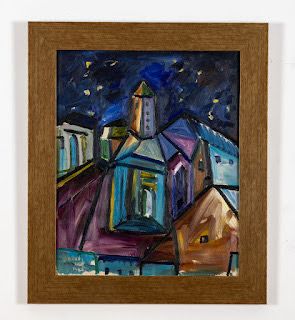
Artwork by Sadanand Bakre
Nature Morte is known for its contemporary programme. How does this new Salon Series expand or challenge the gallery’s existing identity?
Nature Morte has always been recognised for experimentation and its ability to stay ahead of the curve, while consistently pushing the boundaries. Our gallery has always been a platform dedicated to high quality art and in many ways, the contemporary artists we championed at the start are well on their way to becoming masters. While our focus rests on a contemporary programme, the Salon Series is a homage to what came before, reminding audiences that the contemporary cannot be considered in isolation from the modern.
As mentioned in a recent article in the Observer, the market is seeing global collectors move towards purchasing across categories while simultaneously seeking cultural relevance. In that sense, the Salon series also becomes a timely response to how collectors are engaging with art today.
You have spoken about creating a “trusted space for connoisseurship.” What, according to you, does connoisseurship mean in India, and how can a show such as yours nurture it?
I believe connoisseurship in India is still evolving. For me, it’s more about cultivating an eye—learning to see connections, appreciate nuances, and ask deeper questions of the work. In a market where trends and speculation often dominate, connoisseurship means slowing down to really engage with the art and artist itself.
A show like Salon: The India Way can nurture this by bringing works into conversation across geographies and generations, allowing viewers and collectors to sharpen their sensibilities through comparison, discovery, and dialogue. Over time, this kind of exposure builds both confidence and discernment, which are at the core of true connoisseurship.

Artwork by Ganesh Haloi
Many Indian collectors already engage with international art abroad. What difference does it make to bring Picasso, Giacometti, or Renoir directly into an Indian gallery?
I think there is definitely a difference, because the act of encountering art abroad vs in India is changed immensely due to the context. When we have our Indian collectors seeing a Western icon like Picasso or Renoir in New York, London or even Paris, they experience these works within the existing framework of the Western art ecosystem. In an Indian gallery, however, they enter into a different conversation, one that actively acknowledges our own histories of modernism as well as details specific to our culture.
By showing these artists here, it’s not simply replicating but repositioning these works in relation to Indian art. A new line of comparison is opened up when you see Picasso and Souza side by side, about figuration, form and many other aspects. Not only does it introduce a new conversation, but it democratizes access. Not everyone has the privilege to travel to MoMA or the Louvre and see these works in person. Seeing these works locally can certainly be transformative, especially for a younger audience who may never have had this opportunity.
Personally, for you, which work or artist in this exhibition feels like the heart of Salon: The India Way, and why?
For me, no singular piece feels like the heart of the exhibition, as part of the excitement comes from seeing that each piece holds their own and contributes to a larger conversation. That said, I do have a soft spot for the Renoir Têtes de fillettes as the journey of putting this together started from there. In a way, it became the starting point from which the idea of building unexpected dialogues across geographies and time began to take shape.
This project is also about rewriting art history, or at least re-looking at it from another perspective. What excites you the most about placing Indian modernism within a transnational lens?
What excites me is the chance to move away from seeing modernism as a Eurocentric story and instead recognize Indian modernism as part of a global, intersecting movement of innovation. Viewing it through a transnational lens reveals fresh connections and underscores that Indian artists were not peripheral, but radical voices in their own right, expanding and enriching the canon of art history.
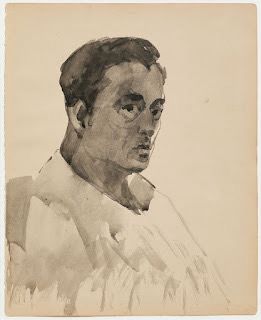
Artwork by Somnath Hore
As a young gallerist, you are curating at a moment when the Indian art market is rapidly evolving. How do you see this new generation of gallerists shaping its future?
For me, the exciting part of this generation is the scope for deeper global interactions—creating spaces where Indian artists can be seen alongside international practices, and where global works find resonance in India. It feels less about defining the market outright, and more about opening up conversations that can gradually shift how Indian art is positioned globally.
This show is curated in a dense, abundant style. What was the biggest challenge in putting together such a visually and intellectually layered exhibition?
I think the biggest challenge was finding the right balance—between density and clarity, abundance and focus. It was important for the exhibition to feel rich and layered, but not overwhelming so that each work had enough space to speak. The task to create that right balance was the challenge. That balancing act was both the hardest and the most rewarding part of putting the show together.
If you could have one takeaway for visitors who step into Salon: The India Way, what would you like it to be?
I’d like visitors to connect with the works in a way that opens up new dialogues. By seeing Indian modernism not in isolation, but as part of a larger conversation that continues to evolve. The hope is that audiences leave with a sense that modernism was never a single, Eurocentric story but a web of intersecting experiments across the world, where Indian artists and international figures can be seen together.
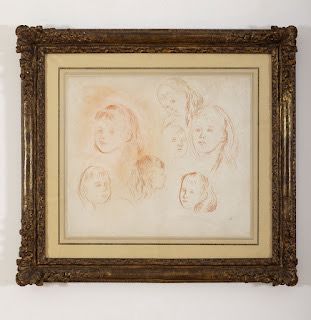
Artwork by Pierre-Aigiste Renoir
Through Salon: The India Way, Devashi Jain opens a space where Indian and European modernisms speak across time and geography. By rethinking the format of the Paris Salon, she not only repositions Indian artists within global modernism but also nurtures a culture of connoisseurship in India. Her vision reflects the possibilities of a younger generation of gallerists—bridging local and international practices while rewriting art history to be more expansive, inclusive, and resonant for today.
Interview by: Chahat Sharma

